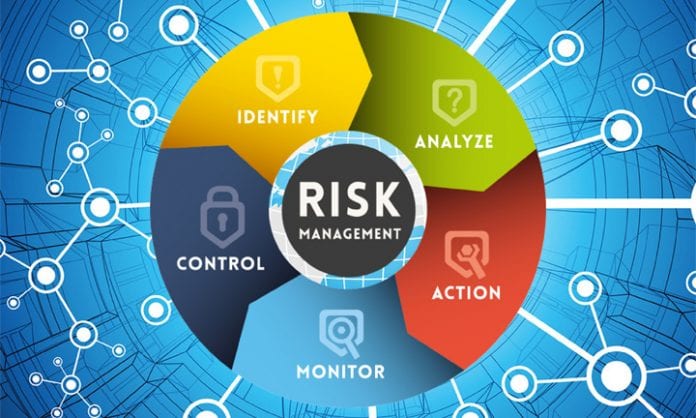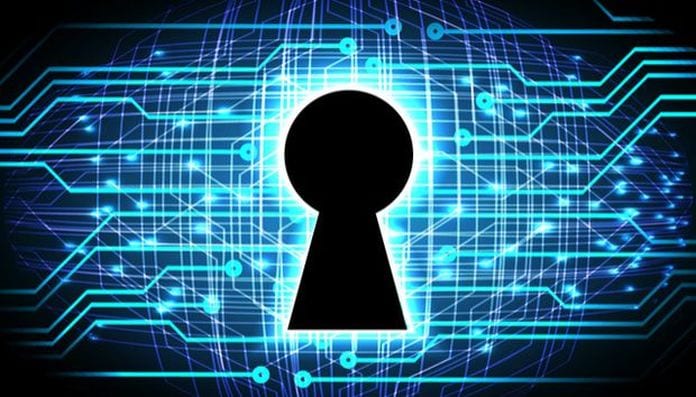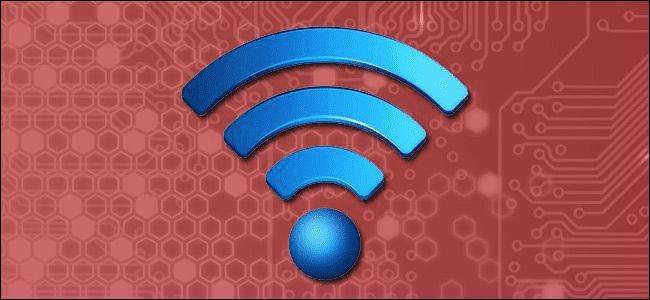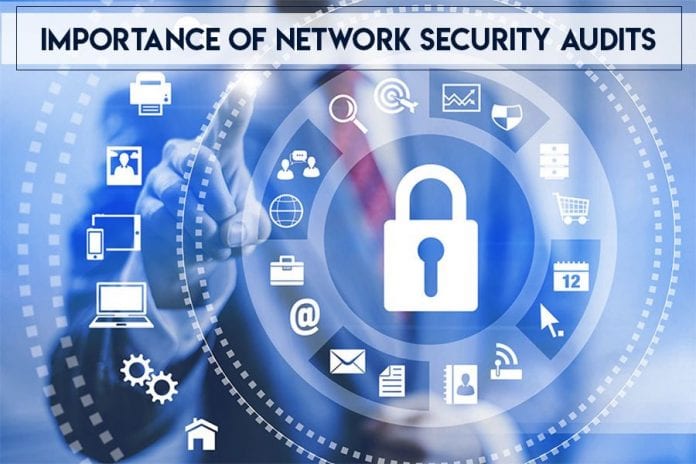Today, no network is 100% immune to failure. Many threats are constantly evolving, some as diverse and sophisticated as never before. A network interruption has the potential to cause devastating harm to a company. Cyber attacks, which exploit network vulnerabilities, are projected to cost the world $6 trillion by 2025, according to Forbes.
With this in mind, it’s essential that you protect your organization’s network against these kinds of eventualities. One of the best solutions to keep it safe is by conducting a security audit. This a critical procedure that can help an organization to assess the effectiveness of your network’s security measures against a known set of criteria. Here’s what you need to do to focus on to improve your security.

Evaluate the Company’s procedures
In reality, users are the weakest link when it comes to security. The approach people use to interact with the network is instrumental to a company’s security. Therefore, the first step you should take is to examine the internal processes of your organization. Start by checking whether all the users were adequately trained on how to use the network securely.
Next, evaluate whether there are measures to limit the number of people who use the network and whether they are adhered to. Assess how passwords are managed and check whether there is a hierarchical structure of user accounts to separate roles. By ensuring people are following the right procedures, you’ll easily identify where a security challenge originates. If you want tools that can help you check the log data and patterns of your network users, you can visit this site.

Check the Policies
Network policies are the plans that guide users on how to use its infrastructure. If they aren’t followed, the network is exposed to risks. You need to review the process which was used to create the policies, check whether the policies are up to the recommended standards and whether they were approved and communicated to everyone. Once you review the policies, evaluate whether they are keenly observed.
Review Software used on the Network
Every organization deploys various software tools to help it achieve different aims. Sadly, not all these tools can be considered safe. Some are outdated, others unverified, while others have flaws. To review each software, first, make a list of all the platforms being used across the network. Then delve into each tool and test it. Check the version you are using and its update history. This way, you will phase out software you don’t need and keep the old versions up to date.

Look for Holes in Your Intrusion Prevention Systems
To know how effective your intrusion prevention systems are, you need to take a closer look at your security structure. The best approach is to assess the rules and permissions that are set in your firewall and other security systems you have. Going through the details can help you spot vulnerabilities and close any gaps. This method can also help you determine whether your firewall has the capability to tackle the latest threats and whether you need to find a better firewall.
Scan for Unauthorized Access Points
Some employees are known to set up unauthorized access points. These rogue access points can be used by intruders to access your network. A comprehensive scanning tool can help you detect even the invisible access points. Also, make sure you upgrade from Wi-Fi Protected Access (WPA) to the more advanced WPA2 to protect your wireless greed.

Wrapping Up
A network security audit is a procedure that needs to be conducted regularly. It can help you to evaluate the integrity of your network, identify flaws, and get your network house in order. When conducting this security audit, make sure you assess your policies, software, hardware, connections, and users.









